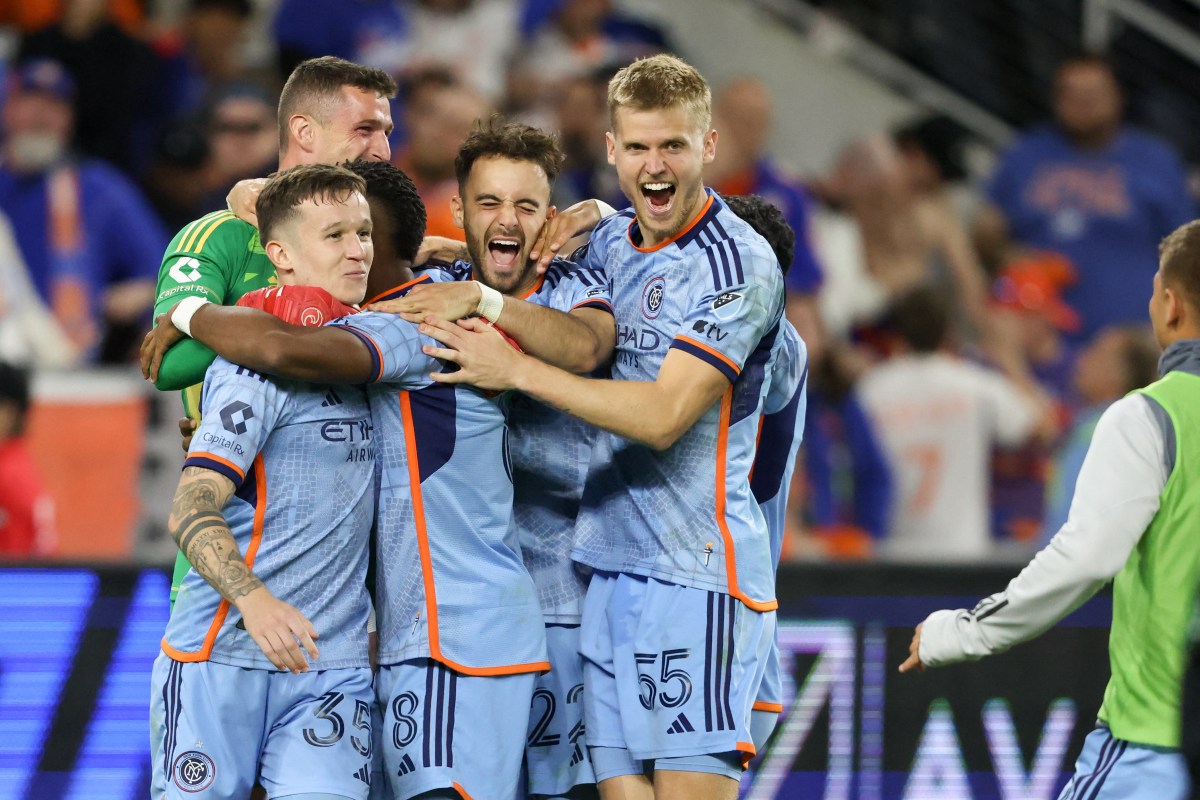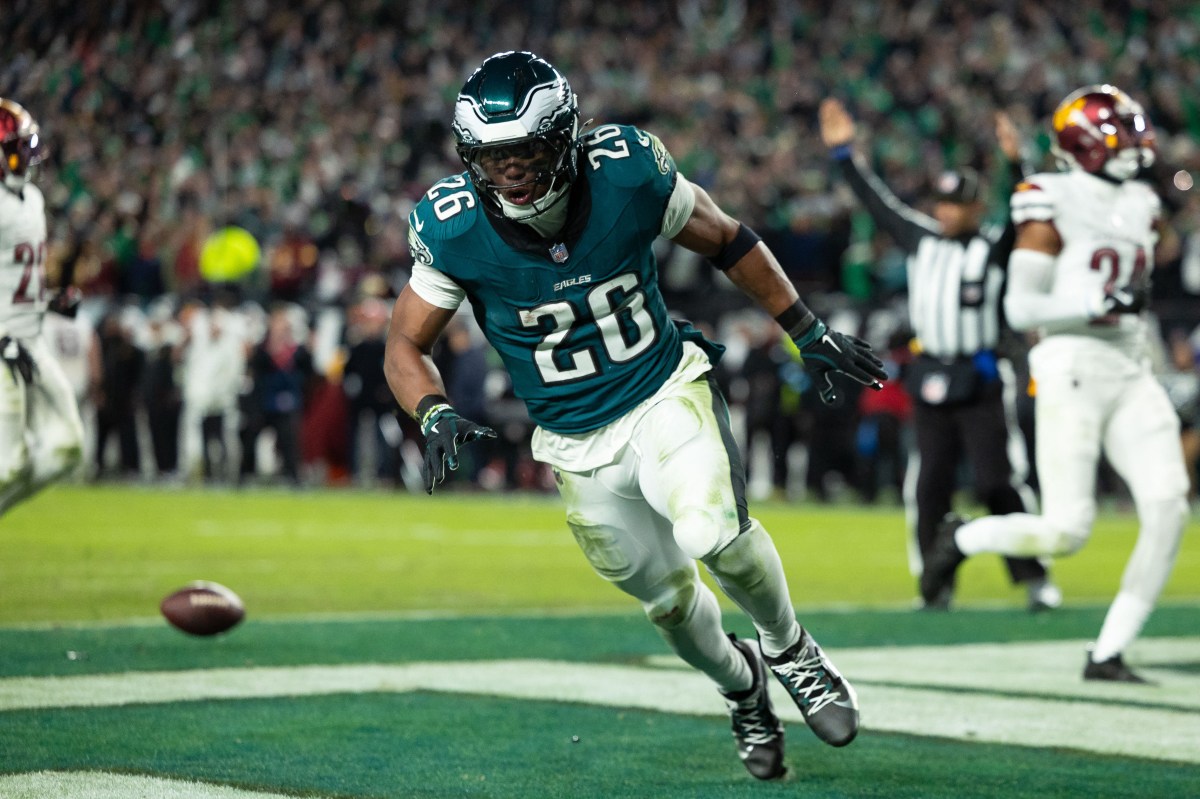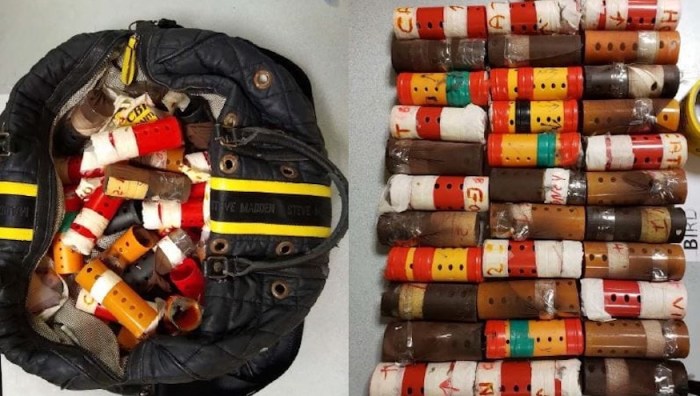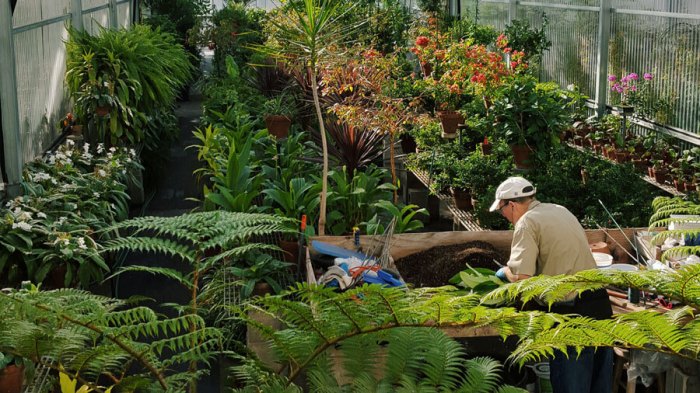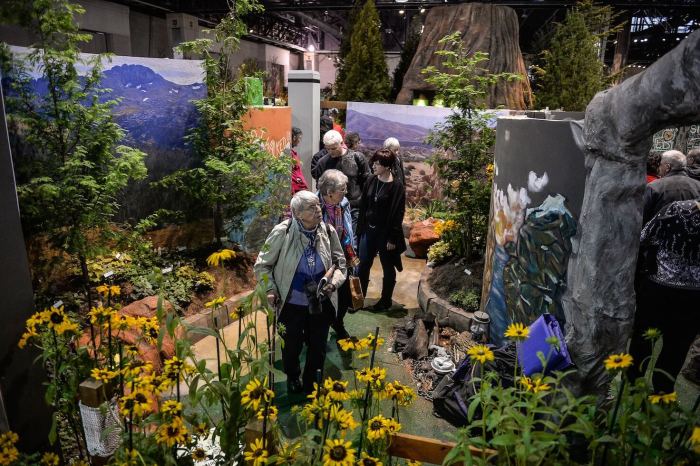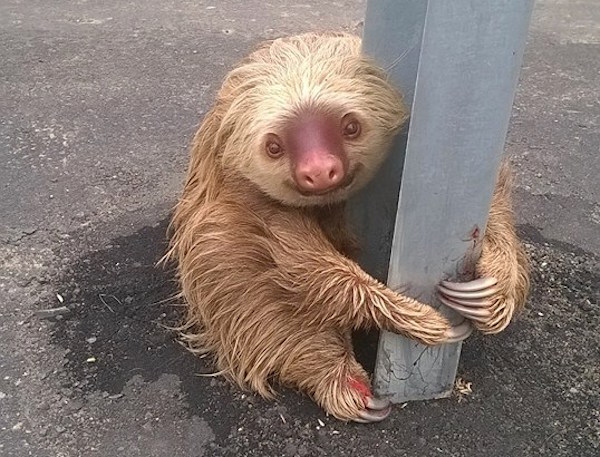Jason Clarke battles the elements in “Everest,” recreating the true story of a disastrous trip to the summit of the tallest mountain in the world. And while most would assume it was all done with movie magic, the Australian actor has some surprising details about the heights to which the production went. I was trying to figure out what was shot outside and how much was staged. RELATED:Your handy guide to doing the 2015 New York Film Festival That sounds amazing, but terrifying. The costumes and the beard and being so bundled up, you don’t really have to worry about makeup and hair things like that. RELATED:Brit Marling and Julia Hart on the power of women talking in ‘The Keeping Room’ Were you much of a hiker or climber before this? You’re doing a New Zealand accent in this, and I feel like every time I see you you’re doing some accent different than your own. RELATED:Racing Extinction: Fisher Stevens thinks James Inhofe is an idiot One thing I appreciated about this movie is the restraint with which it handles death scenes. They people are just there on second and not there the next. It being a true story, do you find that is a kind of reassurance in making it? Follow Ned Ehrbar on Twitter:@nedrick
We started off, we went to Kathmandu. We flew in there and shot all that stuff that you see there, and then we did basically the hike up to base camp, but we chop it up because of time. You start shooting at 12,000 to 16,000 feet. That was an issue because normally to acclimatize the group will take two and a half weeks to climb up to that point, at which poin you’re ready to hang out at base camp for a month before you go for the summit. We had to go up and down quite quickly, so people were affected. There was a scene where we were up with the memorials to the dead people, that was shot at 16,000 feet just around the corner from base camp.
Sure, but oh my God it was special. We then went to the Alps in Italy, and we shot a lot of the southeast ridge and the external stuff on the peaks up there between 10,000 and 13,000 feet. It was minus 30 in winner, so it was cold and snowy. Pretty much the only stuff we shot on the stage was the actual summit itself and the Hilary Steps stuff. Up there it’s the jetstream.
I mean, when we got to that stage they stuck in this weird gel stuff that was horrible, but no. It was one of those “no acting required” gigs.
Yeah, moreso a lot of hiking. I’d done some climbing, and then I did a lot of big climbs to get ready for it back in New Zealand and then in Scotland just to kind of get a sense of what it’s like to be out when it’s f—ed up and just take it.
I prefer to do an accent. It’s one way to find character. For this next role I’m learning the violin and fencing. The work itself helps you find the character. If things weren’t difficult to do, I’d probably be lazy. And I actually prefer to work with accents, when there’s a voice. I remember Heath in “Brokeback Mountain,” that voice that he had. That just was his character. It was amazing.
Absolutely, yes. That’s Baltasar [Kormakur] sticking to his story and knowing his story and saying, “This is the movie that I’m making.” And understanding the power of good story. He knew exactly the line and kept us on that line.
A reassurance, absolutely, in the heart of it. And then also daunting for the fact that people died, a lot of them are still up there. The ones that are alive or their children are still alive, it all played out so publicly for them and they’re going through it again now. We didn’t want to take a stupid stab at something just for the movie’s sake and create a moment that is fake and false, so that weighed heavily on me. I wanted to make sure that I was thoroughly prepared.









